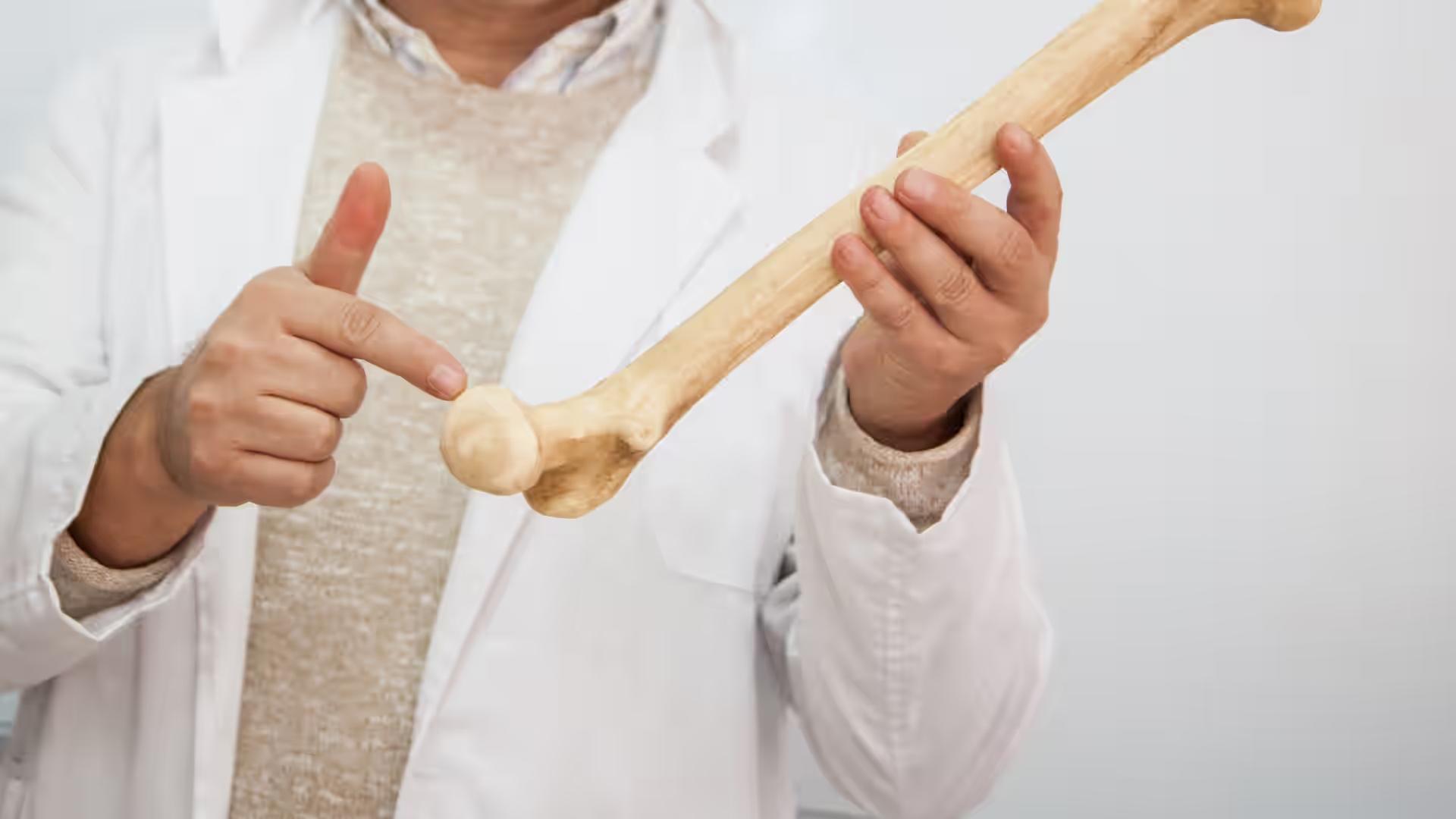An 18-year-old male, never-smoker, with no significant past medical history, presents to the emergency room with sudden onset chest pain and difficulty breathing. The patient had similar symptoms about six months ago that resolved without intervention. A chest X-ray shows a partial pneumothorax. This scenario is a common presentation for idiopathic pneumothorax.
A pneumothorax (collapsed lung) occurs when air enters the space between the lung and chest wall. An idiopathic (also referred to as a primary spontaneous) pneumothorax occurs without apparent cause or underlying disease.
The purpose of this article is to describe the risk factors, symptoms, presentation, epidemiology, management, and treatment options for idiopathic (spontaneous) pneumothorax.
[signup]
Epidemiology and Risk Factors
Idiopathic pneumothorax occurs without an apparent precipitating event, such as trauma (injury) or an underlying lung disease. It typically affects young, healthy people.
Risk factors include:
- Genetics: Some people have a genetic predisposition to develop idiopathic pneumothorax. For example, Marfan syndrome and homocystinuria are associated with a higher incidence of spontaneous pneumothorax.
- Smoking: Smokers have an increased risk due to the damage smoking can cause to the lung tissue, making it more susceptible to ruptures.
- Body Habitus: Tall, thin individuals, particularly men, are more prone to idiopathic pneumothorax. The reasons are unknown, but they may relate to the mechanical stresses on the lungs in these body types.
- Age and Gender: Young adults, often men between 20 and 40, are more frequently affected.
- Recurrence: Risk increases with recurrence. Most people experience multiple episodes.

Symptoms and Presentation
Symptoms of idiopathic pneumothorax can range from mild to severe, contingent upon the degree of lung collapse. Common symptoms include:
- Chest Pain: The most common symptom is sudden, sharp chest pain on the affected side. Breathing or coughing worsens the pain.
- Shortness of Breath
- Tachypnea: Rapid breathing as the body tries to compensate for reduced lung capacity.
- Tachycardia: Increased heart rate as the body attempts to maintain adequate oxygen levels.
- Fatigue: Due to the reduced efficiency of oxygen exchange.
A patient with idiopathic pneumothorax may report sudden onset chest pain and shortness of breath. Physical examination may show:
- Decreased Breath Sounds: Breath sounds may be diminished or absent on the affected side.
- Compromised Chest Expansion: The affected side of the chest may show reduced movement during breathing.
- Subcutaneous Emphysema: In some cases, air may escape into the subcutaneous (fatty) tissues around the head, chest, and neck, causing swelling, a change in voice, or a crackling sensation (like "Rice Krispies") under the skin.
Treatment and Management
The goal of managing idiopathic pneumothorax is to re-expand the collapsed lung, relieve symptoms, and prevent recurrence. Treatment approaches vary based on severity and the patient's clinical condition.
- Observation: Only observation and supplemental oxygen are needed for small pneumothoraces with minimal symptoms.
- Needle Aspiration: For larger pneumothoraces or symptomatic patients, needle aspiration can be performed. To remove the air, a needle or catheter is inserted into the pleural space (the fluid-filled gap between the two tissue layers that line the lungs and chest cavity).
- Chest Tube Insertion: In cases of significant lung collapse, severe symptoms, or failure of needle aspiration, a chest tube (thoracostomy tube) is inserted. The chest tube allows continuous drainage of air until the lung re-expands.
- Pleurodesis: Chemical (talc) or mechanical pleurodesis is performed on patients with recurrent pneumothoraces. Pleurodesis is associated with the most significant reduction in recurrent episodes.
The lung collapses when air enters the space between the lung and chest wall. Pleurodesis can help by sealing that space so air can no longer enter the pleural space. The two methods commonly used for pleurodesis are:
- Chemical Pleurodesis: A chemical like talc is inserted into the lung space. This causes inflammation, making the lung stick to the chest wall as it heals.
- Mechanical Pleurodesis: During surgery, a clinician physically irritates the lung and chest wall surfaces, causing them to stick together.
- Surgery: Video-assisted thoracoscopic surgery (VATS) or open surgery may be necessary for recurrent or persistent pneumothoraces. Procedures such as pleurodesis, bullectomy (removal of dilated air spaces in the lung), or pleurectomy (removal of the membrane that lines the lungs) can be performed.
Treatment varies and depends on several factors, including the size of the pneumothorax, the patient's symptoms, and the risk of recurrence.
- First-line treatment (initial pneumothorax):some text
- Small, Asymptomatic Pneumothorax: Observation and follow-up chest X-rays.
- Moderate to Large Pneumothorax: Needle aspiration or chest tube insertion.
- Recurrent Pneumothorax:some text
- Pleurodesis: Can be performed at the bedside or in the operating room.
- Surgical Intervention: VATS or open thoracotomy provides definitive treatment.
At-risk patients should be encouraged to avoid smoking and activities that might increase intrathoracic pressure, such as scuba diving or high-altitude flying, to reduce the risk of recurrence.
[signup]
Key Takeaways
- Idiopathic (spontaneous) pneumothorax occurs without warning or any apparent cause.
- It is manageable with prompt and appropriate treatment.
- Young, healthy individuals, particularly males, should be aware of the risk factors and seek immediate medical attention if they experience sudden chest pain and shortness of breath.
- With advancements in treatment and management strategies, most patients can recover fully and minimize the risk of recurrence.
- Treatment options are based on the frequency of pneumothorax (first episode or recurrent), severity, and symptoms.
- Observation alone or chest tube insertion may be sufficient to manage a minor pneumothorax. More aggressive treatment, such as VATS pleurodesis, may be needed for more significant, symptomatic, recurrent pneumothoraces.












%201.svg)









